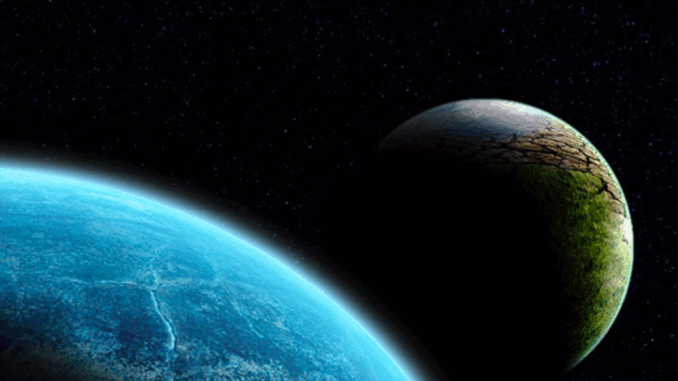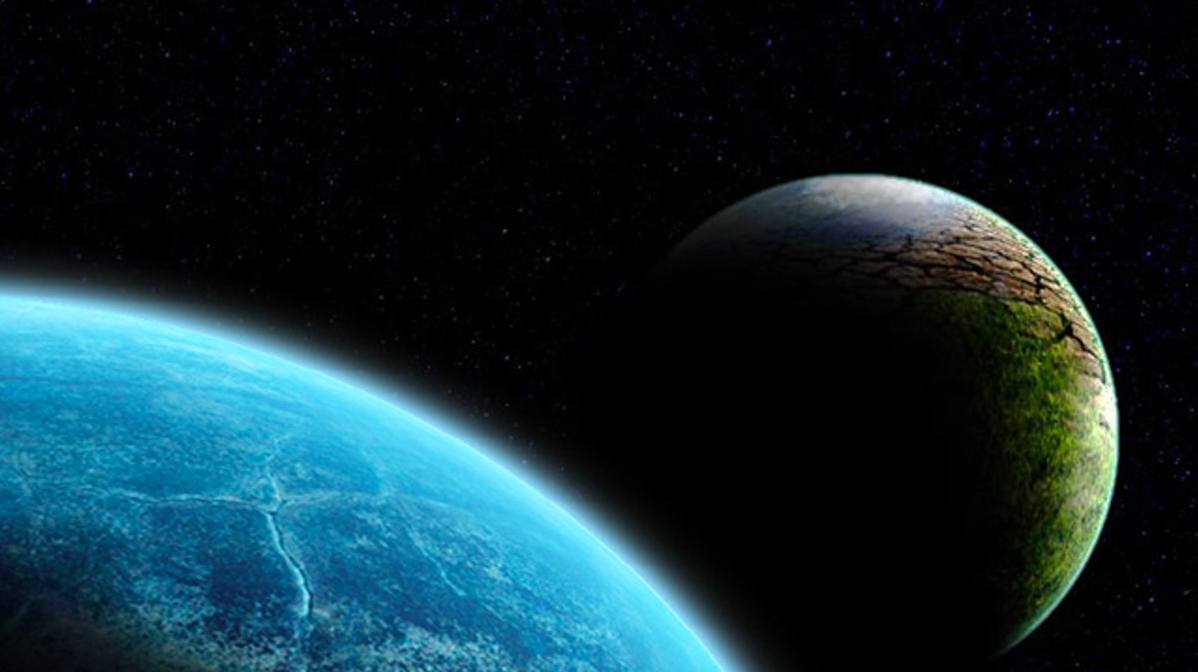
For years, so called “conspiracy theorists” were mocked for warning that a hidden planet—known as Planet X or Nibiru—was lurking on the fringes of our Solar System, threatening Earth with gravitational chaos. Now, mainstream astronomers are finally catching up.
A newly published study has uncovered what may be the strongest evidence yet that a massive, undiscovered world—possibly up to 10 times the mass of Earth—is quietly orbiting in the darkness beyond Neptune. And just like the Nibiru theory always warned, it’s been hiding in plain sight.
By analyzing data from two far-infrared all-sky surveys conducted 23 years apart—the Infrared Astronomical Satellite (IRAS) in 1983 and Japan’s AKARI mission from 2006 to 2011—the research team searched for objects exhibiting motion consistent with a distant planetary orbit.

BYPASS THE CENSORS
Sign up to get unfiltered news delivered straight to your inbox.
You can unsubscribe any time. By subscribing you agree to our Terms of Use
They identified thirteen such candidates, with one in particular showing matching color and brightness in both datasets, suggesting it could be the same object observed at different times.
Tulsi Gabbard Exposes Fauci’s Ukraine Biolabs as Adrenochrome Factories
Their findings, reported in a study accepted for publication in the Publications of the Astronomical Society of Australia, estimate the planet to be five to ten times the mass of Earth and so distant that it would take approximately 10,000 years to complete a single orbit around the Sun.
Such a massive object, if confirmed, could explain the unusual clustering of orbits observed in the Kuiper Belt—a region of icy bodies beyond Neptune.
“I felt very excited,” lead author Terry Long Phan, an astronomer at National Tsing Hua University in Taiwan, told Science. “It’s motivated us a lot.”
However, not all experts are convinced. Caltech astronomer Mike Brown, who co-proposed the Planet Nine hypothesis in 2016, expressed skepticism about the new findings. He noted that the candidate’s orbit appears to be tilted by about 120 degrees, significantly more than the 15–20 degrees expected for Planet Nine, suggesting it might be a different object altogether.
The astronomical community eagerly anticipates further observations to confirm or refute the existence of this mysterious planet. The upcoming Vera C. Rubin Observatory in Chile, set to begin operations later this year, is expected to play a crucial role in this endeavor.
With its advanced capabilities, the observatory aims to provide a more comprehensive view of the outer Solar System, potentially shedding light on the Planet Nine mystery.
As the search continues, the possibility of a hidden giant planet in our cosmic backyard remains one of the most tantalizing mysteries in modern astronomy.
